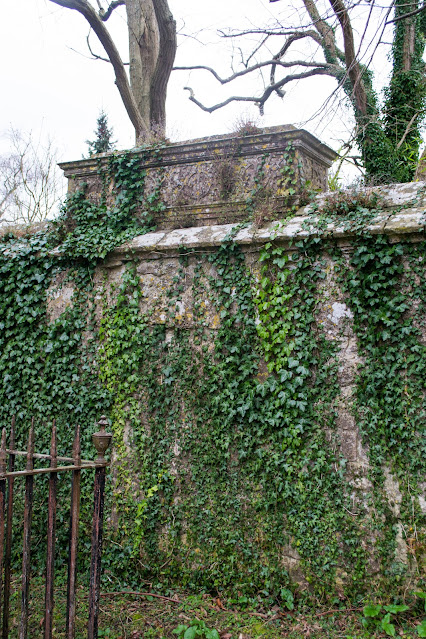I is for Imber
I have three local dialect words today. Do you know what 'in-a-most' means? What is meant by 'imitate'? What does 'innocent' mean (when talking about flowers)? Answers will be at the end of this post.
********************
Today we are in Imber, a small isolated village on Salisbury Plain which is very close to my heart as it is where one branch of my family came from.
"Seven miles from any town, there stands Imber on the Down"
The village was taken over in 1943 by the British Army as a training ground to prepare for the D-Day landings; villagers were given 47 days notice to leave their homes which they did, fully expecting to be able to return after the war. However, although the village was still in good repair at the end of the war, the army retained control and the villagers were never allowed back to live despite years of campaigning by the 'Forever Imber' group. Public access is now restricted to open weekends twice a year and the village continues to be used as a training ground for the army.
Very few original building now remain. St Giles Church is a listed building so the church and graveyards have been protected, coming under the control of the Diocese of Salisbury. There have continued to be burials in the graveyard as original villagers have died and requested Imber as their final resting place. You can get an idea of what Imber would have looked like by viewing these photographs and the following video shows you what the village looks like now.
Imber ceased to be a civil parish in its own right and is now recorded as 'Heytesbury, Imber and Knook'. Strangely though, the village is still recorded on the census returns when the occupancy is recorded as '0' (nil)! A sad ending for a village that was first recorded as existing in 957.
Of course, there are ghost stories linked with this village. There have been reports of talking and laughter coming from the empty buildings, especially the old pub, at night time. Also the sounds of metallic clanging, which is attributed to the ghost of Albert Nash who was the village blacksmith at the time of the evacuation; he died only six weeks after he was forced to leave Imber, some say of a broken heart, and he is buried in the village graveyard. The clanging noises are heard in the areas around the village where he plied his trade.
There were also instances of graffiti appearing on buildings in the village overnight, always large white letters describing the function of the building and written in a substance that could not be cleaned off. The building most affected by this was Imber Court so the ghost of the building's owner, Major Whistler, was credited with the graffiti. I think it was more likely to be the 'Forever Imber' campaigners!
*******************
To finish this post, here are the answers to the dialect words:
- 'in-a-most' means - almost
- imitate - to resemble (as in a family likeness)
- innocent - small, neat, unobtrusive (when describing flowers, e.g. 'innocent little primrose')
Tomorrow it is the letter J. Hope to see you then.



I believe I watched a documentary on TV about Imber (or, at least, a village that was taken over by the army for training purposes during WWII - there can't be that many other such villages, can there?). Where did the villagers go when they were asked to leave? Were they, or their descendants ever compensated for the loss of their properties? It reminds me a little of the Japanese Americans in California, etc., being made to leave their homes and businesses in order to go to internment camps during WWII.
ReplyDeleteI don't think they got compensation at the time as it was presented as necessary to support the war effort and they were originally promised they could return after the war. I'm not sure about later.
DeleteIf things had been different it's very likely that this is where I would have grown up.